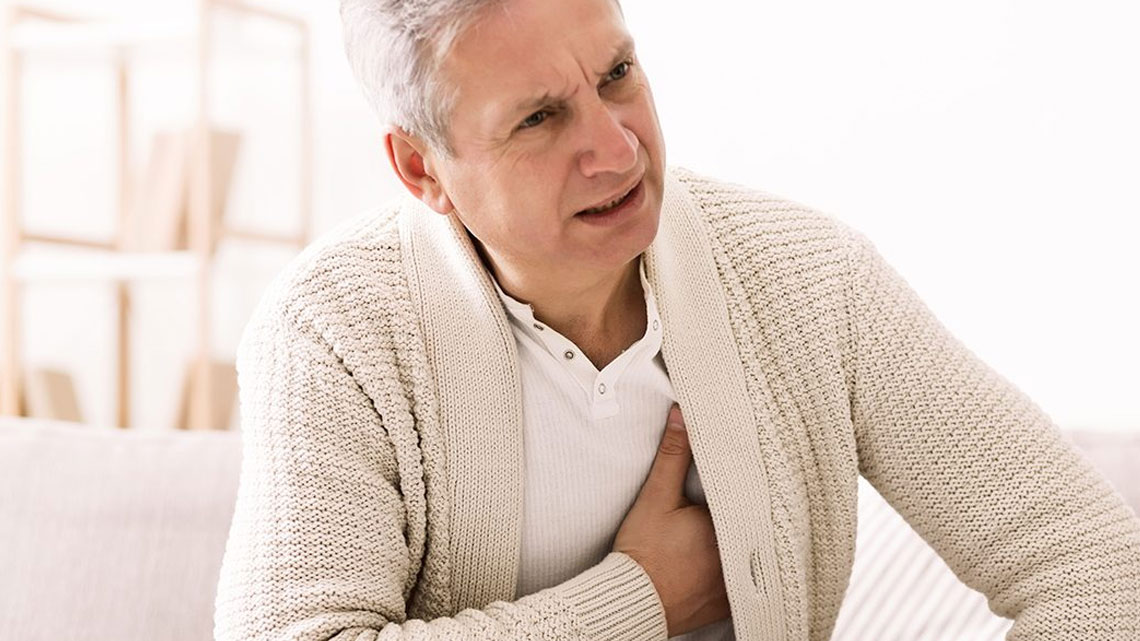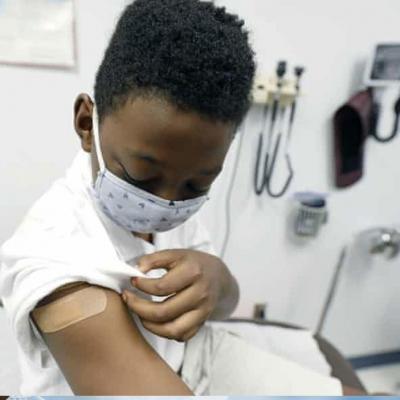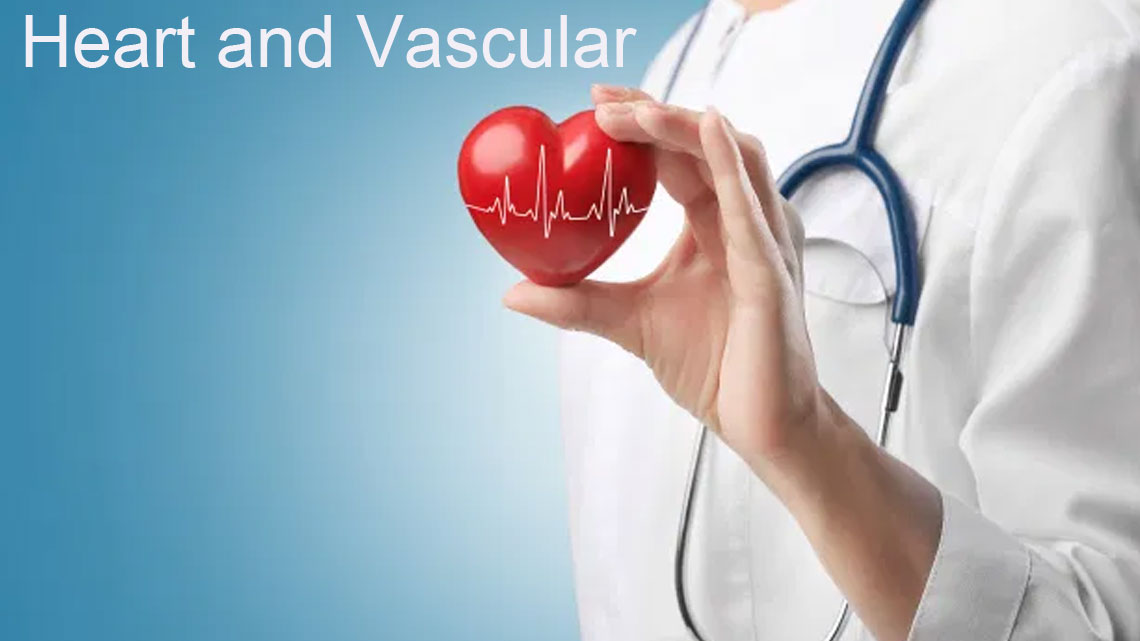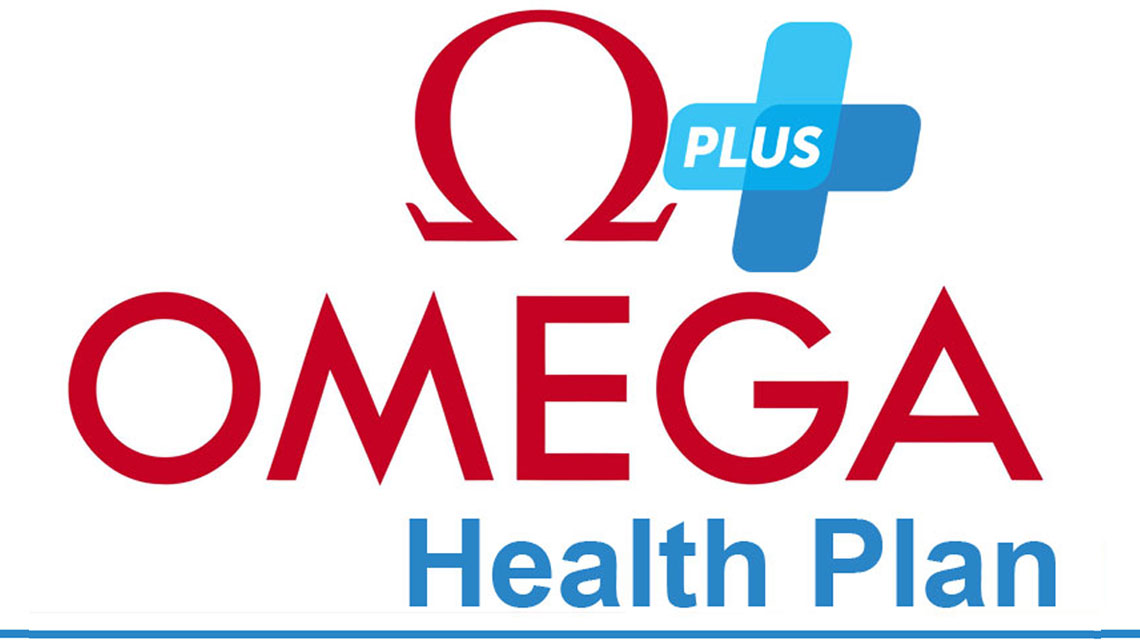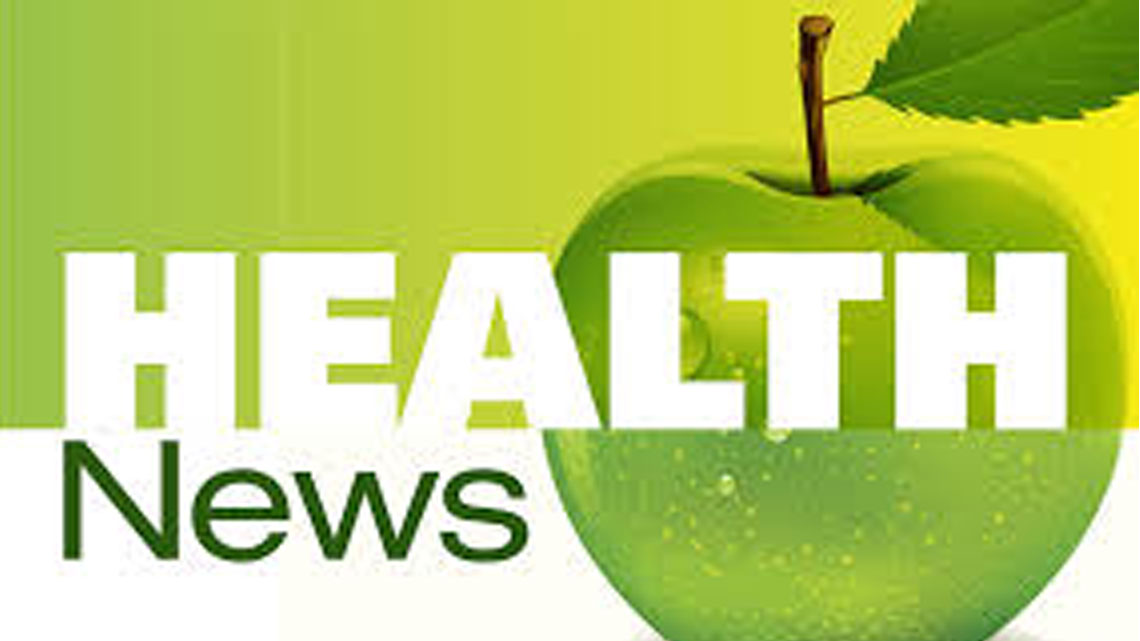Knowing the stroke warning signs can help you get a loved one the care they need fast.
What would you do if someone you love experienced sudden numbness and weakness in the left side of their face? Numbness and weakness of the face are common stroke warning signs. Stroke is the third most common cause of death among Americans. It’s also a leading cause of serious, long-term disability. If you suspect a stroke, you should call 911 or go to the emergency room as soon as possible.
A stroke, or brain attack, happens when the brain’s blood supply is blocked by a blood clot or damaged vessel, which stops your brain from getting enough oxygen. Since the brain is the command center of the body, having a stroke can affect your ability to talk, walk, read, write, think and see. Rapid diagnosis and treatment can minimize or even prevent the effects of a stroke. Unfortunately, people experiencing a stroke often do not recognize what is happening and delay medical treatment. That’s why it’s so important to know the signs and act quickly.
Risk Factors for Stroke
First, remember that the best time to treat a stroke is before it occurs. Your doctor can help control or treat risk factors such as high cholesterol, high blood pressure, smoking, diabetes, physical inactivity, obesity, drug and alcohol abuse, and disorders of the heart, arteries and blood. Other risk factors cannot be treated, but it is helpful to be aware of them:
- Age: The risk of stroke increases with age, almost doubling during each decade of life after age 55.
- Gender and race: Women, African Americans and Hispanic Americans have a higher risk.
- Family history: People with a personal or family history of stroke are also at greater risk.
Stroke Warning Signs
It is important to learn the signs of a stroke so you can take immediate action in an emergency. To recognize the signs of stroke, BE FAST.
B stands for balance With a stroke, a person can experience a sudden loss of balance.
E stands for eyes Ask the person if they can see out of both eyes. Loss of vision is a stroke symptom.
F stands for face Ask the person to smile. If the person is experiencing a stroke, one side of the mouth may droop.
A stands for arms Ask the person to raise both arms. Stroke will often cause one arm to drift downward.
S stands for speech Ask the person to repeat a sentence. Stroke may cause speech to be slurred.
T stands for time If you see signs of a possible stroke, immediately call 911 or take the person to the emergency room.
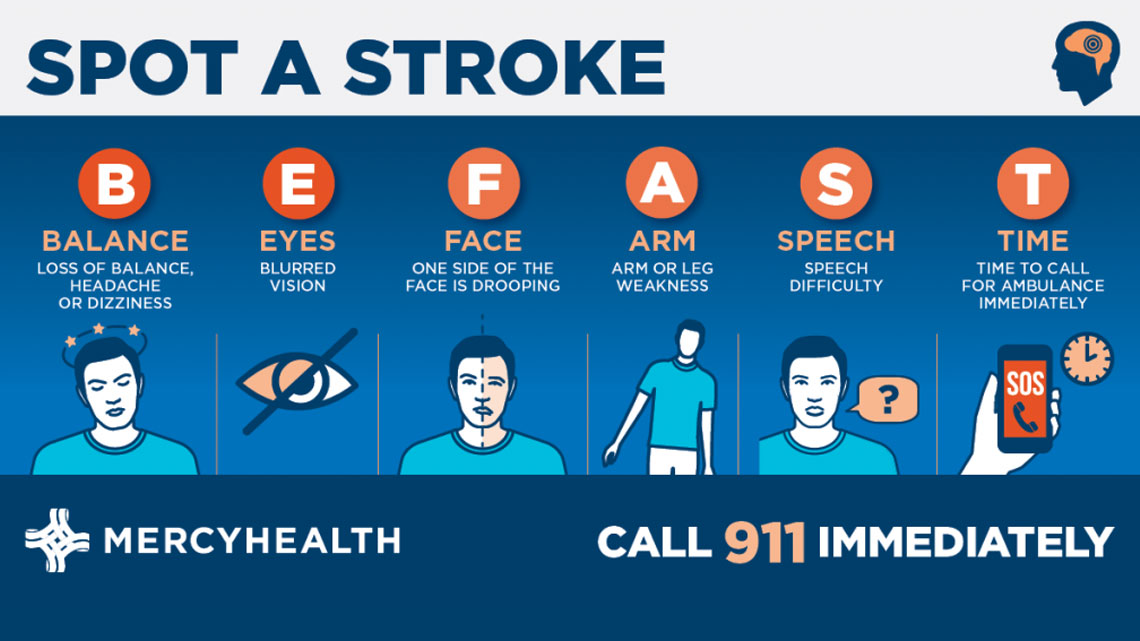
If stroke symptoms disappear suddenly, you should still seek emergency care. The person could be experiencing a transient ischemic attack (TIA), also called a “mini stroke,” caused by a temporary blockage to a blood vessel. About 15 percent of strokes are preceded by a TIA, and a person with a history of TIA is 10 times more likely to have a stroke than others of the same age and sex.




